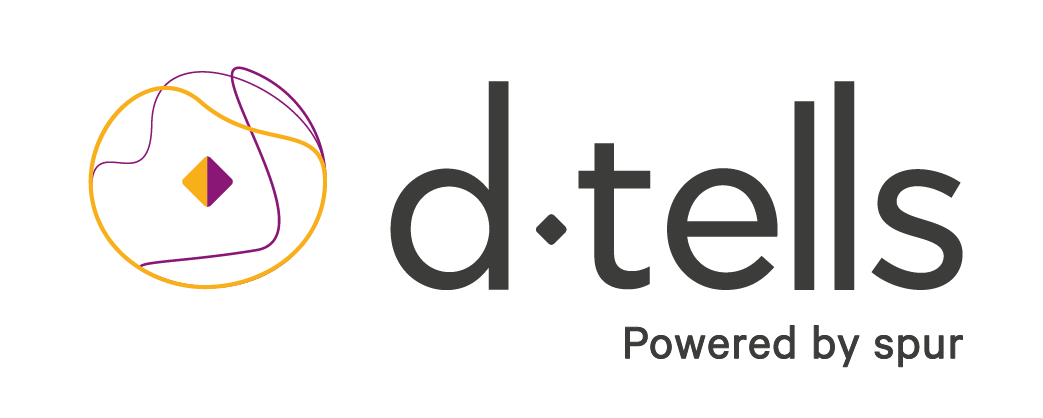(R)evolution in healthtech: pharma companies must take the reins
Estimated reading time: 5 minutes
The past: pharmaceutical companies' traditional business models
Historically, pharmaceutical companies’ main way of helping patients live better was to develop new drugs by investing in R&D, a costly process that could take over a decade, and then to transform these molecules into packaged products. These packaged products were then promoted to healthcare professionals (HCPs), and paid for either by public payers, by private insurance companies, by other actors or by patients themselves depending on the country.
The “blockbuster drug model” is no longer working to achieve the overall goal of improving patients' lives. First, the drug research and development model that has sustained the industry for so many years is no longer valid. Many of the previous "blockbuster" medications are no longer protected by patents. This comes along with a growing pressure to keep the costs of old medications down. In addition, these "blockbuster" drugs were typically one drug which had one large indication. This way of working is becoming obsolete as each indication becomes more and more niche due to better diagnostic tools and further refinement of specialized treatments. For example, breast cancer therapies differ depending on tumors sub-types (basal or luminal) and the associated biomarkers such as HER2, ER, PR, PI3K, PD-1, BRCA, etc… On top of this, medications have begun to “resemble each other,” and pharmaceutical companies find it more and more difficult to distinguish themselves by developing a "hot" new drug for a specific indication.
Second, while payers (insurance companies and others) are putting financial pressure on the system to keep it functioning, innovative therapies are costing more and more, and conditions for market access become difficult with more stringent evidentiary requirements.
Third, patients, especially those with chronic conditions, have adherence issues, and "drug-only therapy," even with all of the new, incredibly specific molecules that have been discovered, cannot address the medical shortcoming arising from non-adherence. Advances in digital technology, however, do provide new ways to address these patients' urgent needs for partners and support as they navigate their care pathway. It is now crucial to engage patients in their disease management by moving toward a patient-centric service approach
See also
A multiple-cohort analysis of the SPUR 6/24 patient-reported adherence tool
Clinical Ink and Observia: Pioneering Personalized Patient Engagement in Clinical Trials
By your side in 2024: Happy Holidays from Observia!
Need more information?
A burning question, a specific request, a great project to share with us? Get in touch, our teams are here to help!










